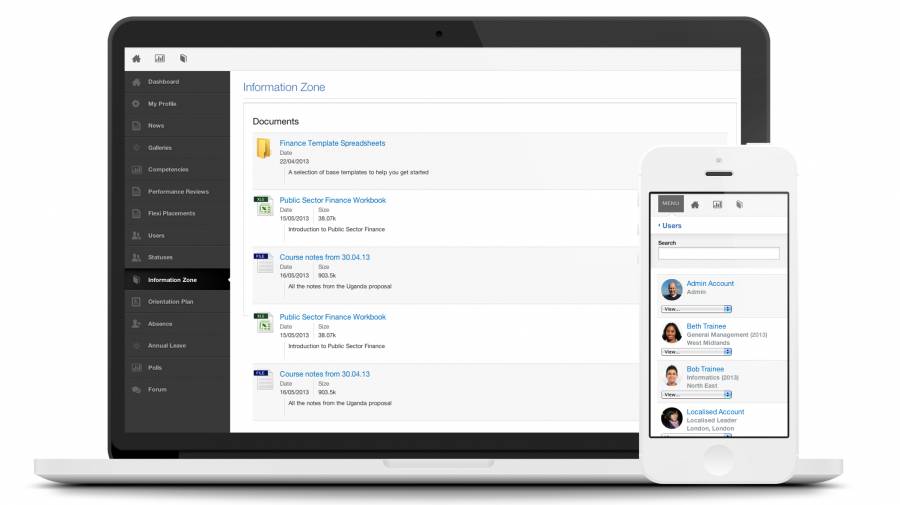The Elasticsearch technology behind Mondottica Hub

A few days ago we shared a blog post introducing Hub, the web-based document portal we built for Mondottica. The tool is essential for Mondottica’s clients, allowing them to easily obtain the marketing resources they need with minimal fuss and human intervention.
A key aspect of any asset management tool is the ease at which any given user can find the items they need. At Browser, we’re all about getting the right information to the right people as quickly and easily as possible so this was a project that piqued our collective user experience design interest.
Our previous post described some of the features used by Mondottica to manage on the go asset management within the platform. Today we’d like to go into more detail about one of the technologies that allowed us to deliver these tools. Search.
Using Elasticsearch technology to enhance the user experience
Back in the bad old days, web applications would use search functions built into the databases running the site. These would be fine for simple text lookups on simple pieces of data but they tend to fall down for anything more complex. For product data – be it on a large e-commerce website like Amazon or a document portal like this, the complexity of the data can grow quite easily. You’re no longer just searching for part of a product name, you need to filter in far more detail – colours, brands, sizes, office locations… the list goes on.
Sitting behind Mondottica Hub is one of our favourite pieces of modern open-source web technology, the search engine. In our case, we’ve backed our products with Elasticsearch, one of the big web technology success stories of the last 10 years. Elasticsearch is built on the high-performance Apache Lucene project: a proven, battle-tested open source search engine first released in 1999. The result is a reliable, fast system that can scale to support millions of users.

Using tools like Elasticsearch allows Browser to build products that make finding the information you need easy. This saves the end user time and results in more positive user experiences.
When designing a tool like Hub we first think about our users: who will be using the tool and what will they already know? In Mondottica’s case, the end user will likely know exactly what they want before they open their web browser – they are opticians and will be looking to download marketing assets to help them sell glasses in their shops. It is important that the tool allows the user to get quickly to the item or piece of imagery they need, perhaps even by partial SKU.
Future uses – real-time analytics and insights
At Browser we’re starting to explore many of the more advanced features of Elasticsearch, in particular, it’s capability to gather in-depth insights into data are of great interest to us. We’re already starting to consider how knowing more about the data you have can help you better organise it and present it to users.
This approach to the data means we can continually improve and tailor our tools to improve our UX design. This is how we go about developing tools that people love to use. By watching how users search the data you make available you can find better ways of supplying it. Knowledge is power.
Other cool people use this too:
“The key to attracting millions of loyal followers is providing the best possible customer experience. Intelligent search is an essential component to creating that experience.”
Dwayn Matthies – Platform Architect at StumbleUpon
Companies using Elasticsearch:
- Netflix
- Mozilla
- Foursquare
- Etsy
- StumbleUpon
- SoundCloud
- Cogenta
- Wikimedia (Wikipedia)